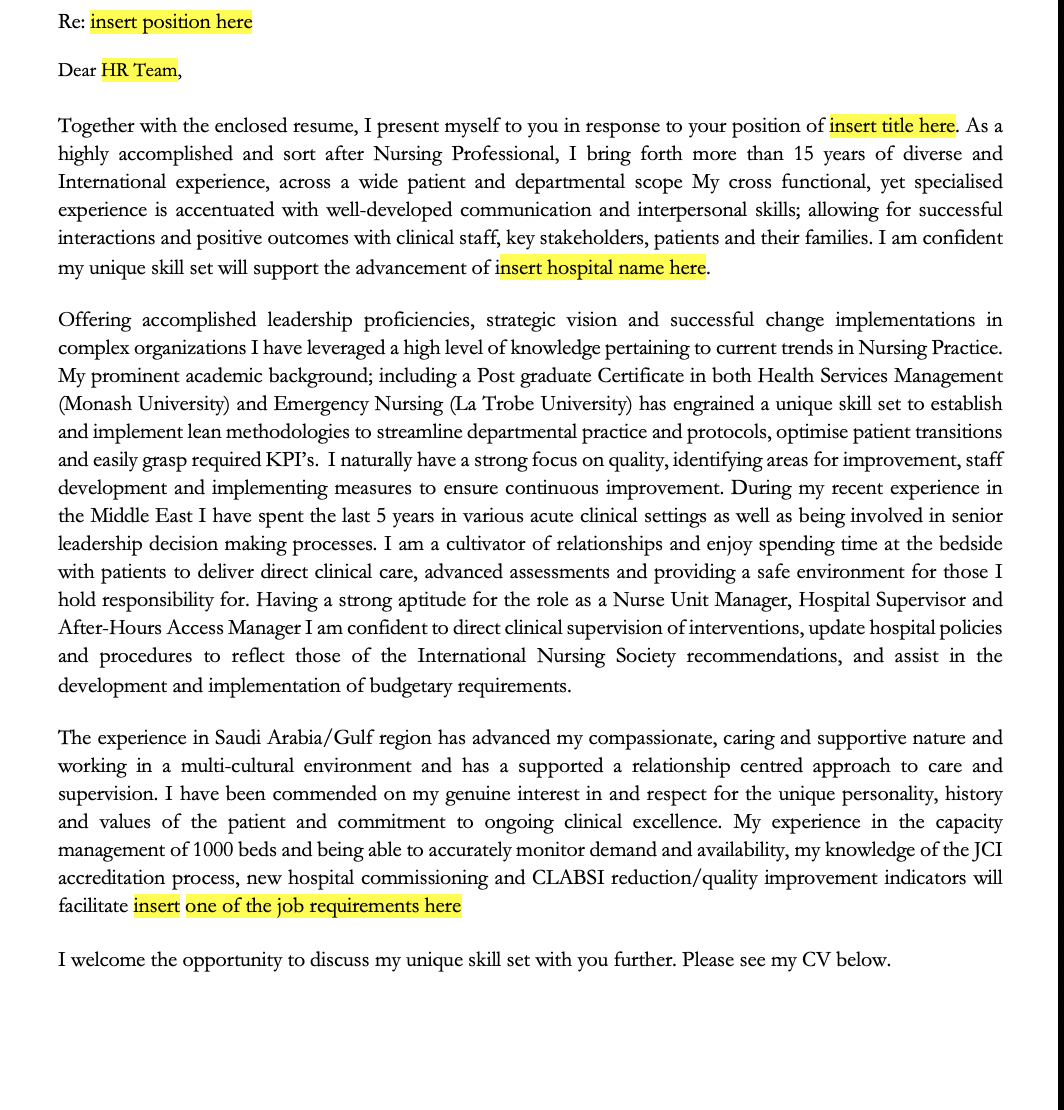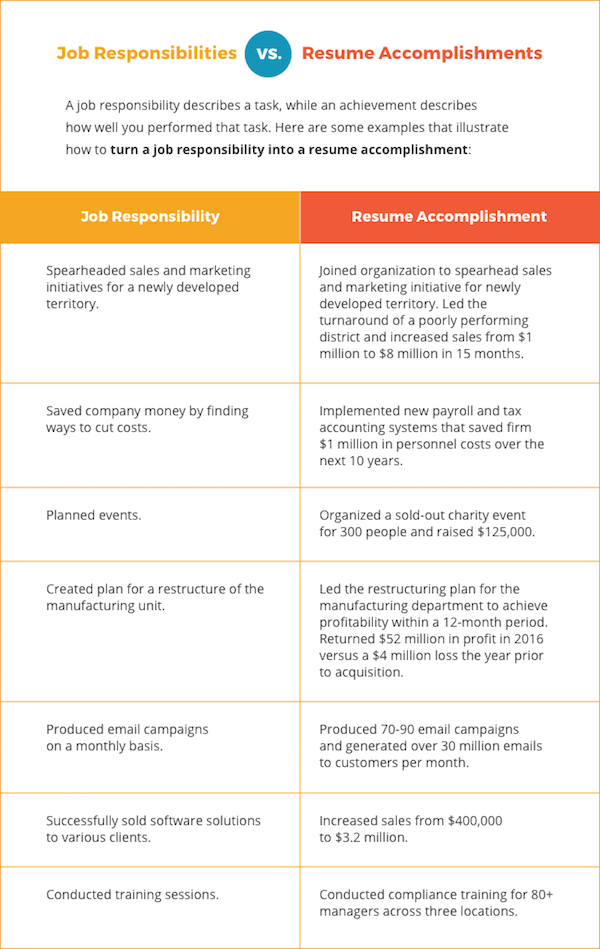Hiring and developing great talent has always been one of the most important things a company can do.
Job boards and untargeted cold emails might work well for entry level positions, but if you want to get top tier talent through the door, you need a new approach – you need to focus on candidate engagement.
Here’s why:
Why The Application Isn’t Working
Job adverts make a fundamental assumption that a candidate is actually interested in applying to your company. This is great for active candidates who are job hunting, but what about everyone else? What about the candidates that sees one of your tweets? The people that come to your careers page hoping to learn more about your culture?
Prospects that heard from a friend your company was “doing some cool stuff”? Do you think they’re going to click that apply button? They might do, but it’s more likely that they’ll just leave your website and go back to checking out cat memes! A shocking 98% of people that visit your careers page leave without taking any action at all.
Why? Typically, the only action visitors can take is an application. The main problem with this is that the passive candidates that hit your site aren’t “ready-to-apply”.
Online, but the same
AKA, the seemingly sensible ‘one-step at a time’ approach that utilizes online resume templates. After all traditional resume formats typed up in word-processing software have long been the common standard. This type of change could be better if done gradually (for the bulk of candidates and recruiters alike). Using such tools job seekers can start with a structured template, and finish with an impressive looking resume.
Pros
Easier to have a structure than starting with a blank screen
Simple to share and track communications
Less risky approach, well-suited to more conventional industries and less creative jobseekers
Cons
Doesn’t give employers any more information than a conventional resume
Templates that are too structured limits the ability of the job seeker to show their creativity
A resume created with a Word processor is already in an electronic format
I see this as a useful tool for jobseekers, but too small a step at addressing current concerns to become a new standard.
Creative/Videos
There have been those who suggest that applicants should be as free as possible and put together their own creative presentation, with limited guidelines. This approach was recently adopted by Union Square Ventures, who have been requesting applicants to submit links representing their web presence and short videos when applying for jobs at the venture capital firm. They say this process “nets better-quality candidates.” UK job seeker Graeme Anthony was looking for a PR job when he put together a compelling video that attracted big audiences. “It shows off my personality in a way a paper CV can’t,” he said.
Pros
Provides employers with a greater understanding of a candidate’s personality and style, as well as a more thorough story of what they have achieved during their career
Candidates can choose a domain for their presentation, and utilize inbound marketing techniques so their target audience will find it
Candidates can truly stand-out: no two applications can be the same
Cons
For once-off low-volume applications geared towards a creative market, this can be a lot of fun. But what about everyone else?
This style of application is difficult to manage within a company’s existing HR processes and systems. Companies who are hiring more than ten people may find managing and reviewing these entries simply too complicated
Reviewing such presentations can be time consuming. HR professionals are already pulled in several directions, with not enough time in the day to complete daily tasks, let alone when they need to review 500 videos or creative websites
They lack data that is important in determining a candidate’s fit for the job
For non-creative job seekers, these are too difficult to put together
Rarely relevant to positions outside technology, design, sales, marketing and PR
This may indeed become more common in certain industries, but will need to be a component of an integrated approach for the mainstream.
Infographic
As I mentioned in my last post, given that many enjoy reviewing data visually, we are increasingly being surrounded by infographics. Predictably, ideas have been proposed to replace resumes with graphics. This is one of the more visually pleasing options available.
Pros
Can be exciting to put together, and allows creative skills to flare – for the right candidate
Ability to portray a different side to a job seeker’s skill-set
The end result can look fantastic in contrast to current conventions
Cons
The style can be confusing for resume reviewers, and could take too long to review in a volume situation
Whilst they are sometimes superb introductions, they lack the necessary data behind them
More attention will inevitably be given to the design rather than the data it represents
Again, job seekers who aren’t creatively minded will find this concept difficult and frustrating
I see value in these for recruiters in being able to easily digest and review information, but surely these should remain the powerful book cover to the rest of the candidates’ information.
Social networks
With the web becoming more social by the day, where better to develop an online presence than using a social network, where users can easily interact with current and potential employers. As Allison Cheston correctly points out “networking is still the number one way people find careers.” Further, these networks now offer features for users to easily apply for job opportunities.
Pros
Powerful tool to develop relationships with potential employers
Profiles are search-engine optimized, so users can be found easily
Easy to update, as it is important to maintain these even when not necessarily looking for a job
Cons
You only get one profile, and therefore it is very difficult to customize it for a particular position
The information in such a profile is more at the introductory and narrative level; perfect for developing a network, but not detailed enough to get a job
These networks often have a one design fits-all for the profiles, which doesn’t allow a candidate to show enough of their personality and style
These are less useful for jobseekers earlier in their careers without a substantial business network
Online social networks have already changed the recruiting process. However, I see the use of these as complementary tools to the more general standard approach.
All of these approaches have creative products that are allowing jobseekers to change the way they apply for job opportunities. And sure, each of these has significant value and gaining traction in different industries and job types.
But what it takes to become the new “common ticket” is a combination of the above, with the flexibility for each industry to set their own standards within a designated framework. Here, I wanted to take products out of the equation, as this discussion is about something much larger – the themes. Within the next few years, a combination of the above will rapidly increase adoption, and we will start to see the end to the resume as we know it.
There are too many issues with the current passport to a new job, and too much innovation available, to prevent its evolution. Be ready for it.

![Settling the Difference between “Digital Transformation, “Digitalization”, and “Digitization” [SOLVED]](https://images.squarespace-cdn.com/content/v1/5ccc4fc992441b0bec3fb03c/1650602045603-1KXG8C8QP5H65MOWC205/unsplash-image--uHVRvDr7pg.jpg)












